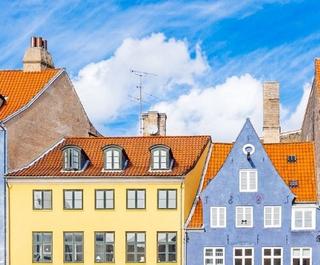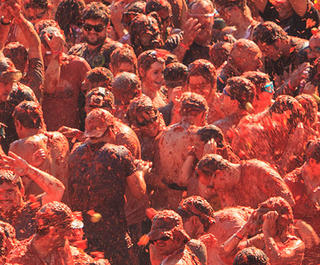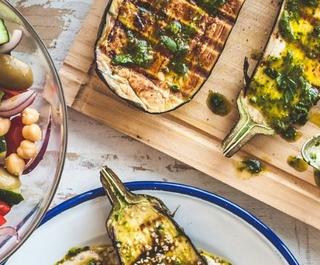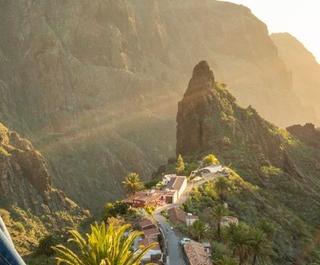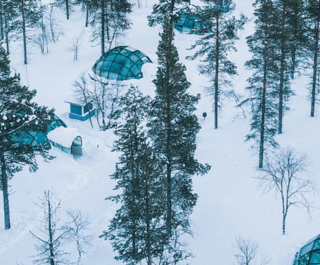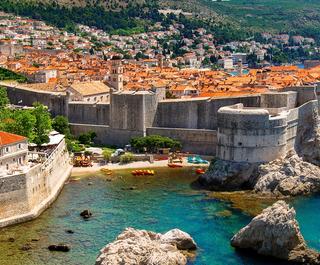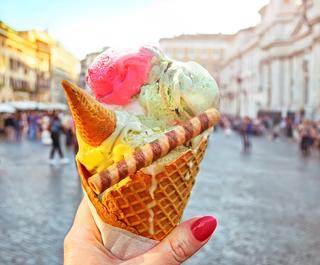
Venice is divided into six ancient administrative districts or sestieri: Cannaregio, Castello, San Marco, Dorsoduro, San Polo and Santa Croce around the centre of Venice, three on each bank of the Grand Canal. But, head a little further afield, and there is the opportunity to discover more of the city.
1. Cannaregio
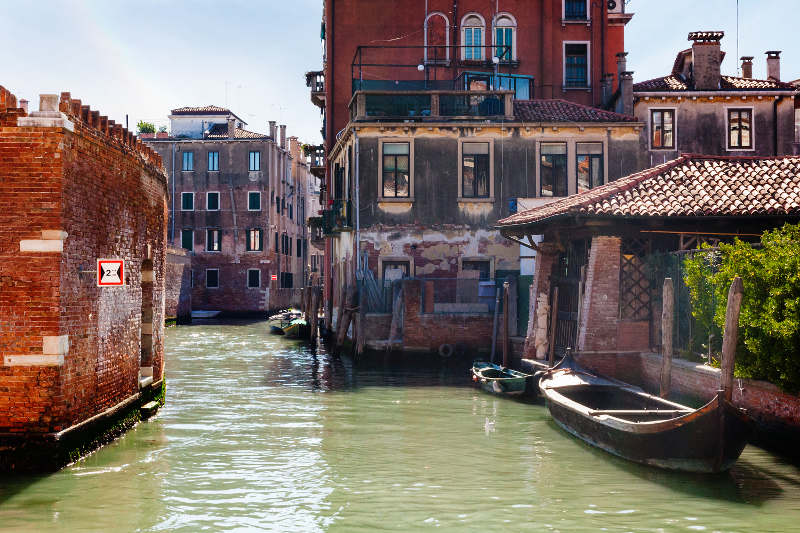 The Cannaregio sestieri has some of the oldest houses in Venice. Image: Getty
The Cannaregio sestieri has some of the oldest houses in Venice. Image: GettySharing the same side of the Grand Canal with San Marco, Cannaregio stretches north and east from the train station to include the Jewish Ghetto and into the canal-hugging vicinity of the Ca’ d’Oro and the Rialto Bridge. It is claimed that one-third of Venice’s population of 65,000 live here. Tourist shops line Lista di Spagna as it changes into the Strada Nova in the direction of the Rialto Bridge.
2. Castello
This quarter is the largest of the six sestieri and of all Venice’s districts, this is probably the most varied one. To the west, there is all the glamour of grand tourist Venice. Some of the town’s very finest art, architecture and monuments can be found here, as well as functional sites such as the hospital. Over to the east are fairly working-class residential areas with ordinary Italian bars along Via Garibaldi.
3. San Marco
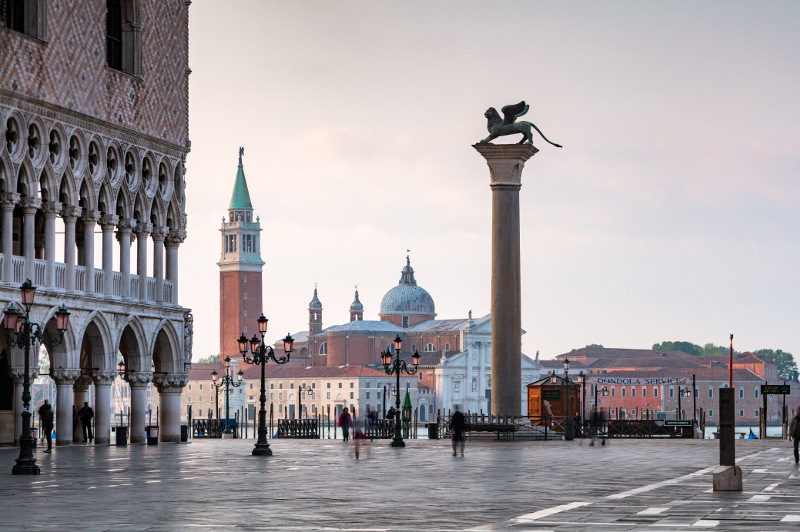 Turn up early and you'll enjoy a more tranquil experience in San Marco. Image: Getty
Turn up early and you'll enjoy a more tranquil experience in San Marco. Image: GettyThe central sestiere is anchored by the Piazza San Marco and the Basilica di San Marco to the south and the Rialto Bridge to the north. It’s the commercial, religious, and political heart of the city and has been for more than a millennium. The streets have witnessed pageants, processions, political activities and countless Carnival festivities.
4. Dorsoduro
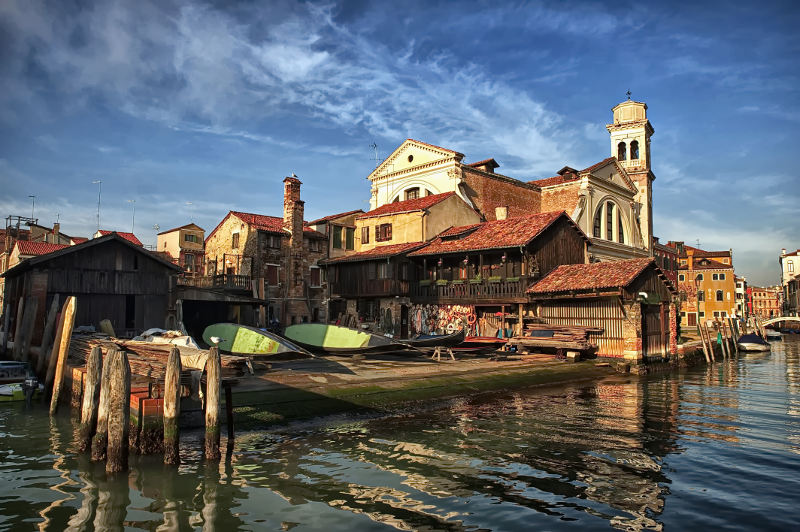 The local mechanic... a gondola repair shop in the Dorsoduro quarter, Venice. Image: Getty
The local mechanic... a gondola repair shop in the Dorsoduro quarter, Venice. Image: GettyThe residential area of Dorsoduro is on the opposite side of the Accademia Bridge from San Marco. It was built on an area of solid subsoil and the name means hard backbone. It has its focal point at the lively Campo Santa Margherita, the largest open space in this part of Venice. The square bustles with activity particularly in the morning when the market stalls open and in the evening when students from nearby Ca’ Foscari, now part of Venice University, gather.
5. San Polo
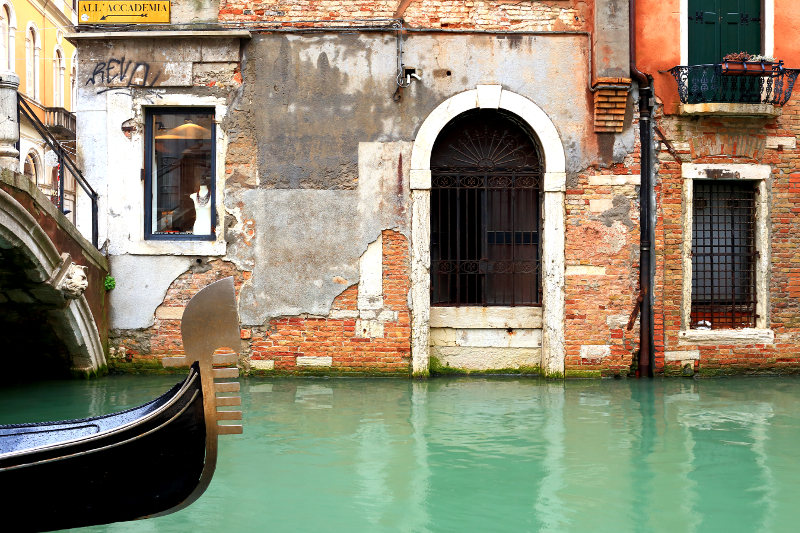 Shops, bridges, gondolas... the San Polo district is a delight to explore. Image: Getty
Shops, bridges, gondolas... the San Polo district is a delight to explore. Image: GettyThe Rialto Bridge and markets make this area a magnet for visitors. The Rialto Markets entrance is near Ruga Degli Orefici with the residential corners and tourist sights stretching northwest of the Rialto Bridge to the principal church of Santa Maria Gloriosa dei Frari and the Scuola Grande di San Rocco. The hub of activity at the foot of the bridge is greatly due to the Rialto market that has taken place here for centuries. The spacious Campo San Polo is the main piazza of Venice's smallest sestiere.
6. Santa Croce
North and northwest of the San Polo district and across the Grand Canal from the train station, Santa Croce stretches to Piazzale Roma. There are charms of one of Venice’s loveliest little squares, Campo San Giacomo dell’Orio. The district still bears the name of a monastery which no longer exists. Santa Croce was demolished in 1810 and now a little public park, the Giardino Papadopoli, stands on the site.
7. La Giudecca
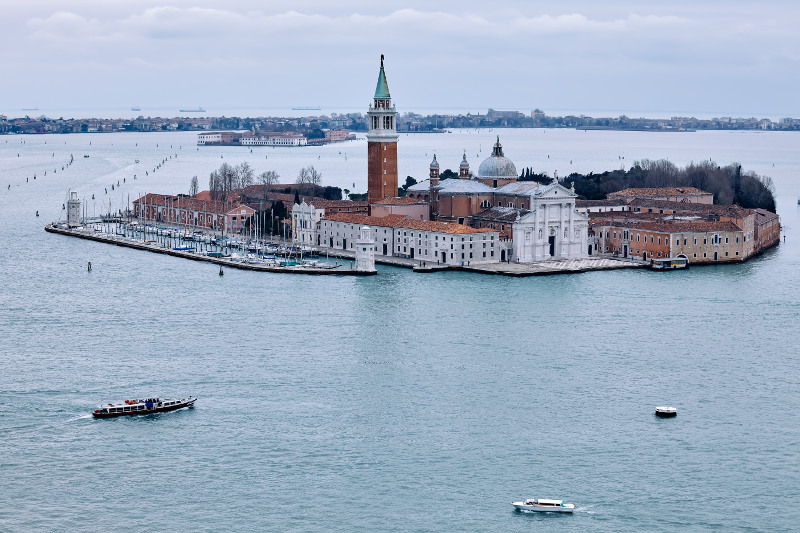 Surrounded by sea on all sides, Giudecca is quiet and romantic. Image: Getty
Surrounded by sea on all sides, Giudecca is quiet and romantic. Image: GettyLocated opposite the Piazza San Marco and Dorsoduro, La Giudecca is a tranquil working-class residential area and an island in the Venetian Lagoon. It is part of the sestieri of Dorsoduro and modern renovations of some antique architecture have bolstered the island’s reputation as a vacation locale.
8. Lido di Venezia
This slim, 11km-long area is the city’s beach; separating the lagoon from the open sea and permitting car traffic. Its concentration of seasonal hotels makes it a popular summer destination, but it is also quite residential with about 20,000 inhabitants. Its landmark hotels serve as home base for the annual Venice Film Festival.
9. Murano
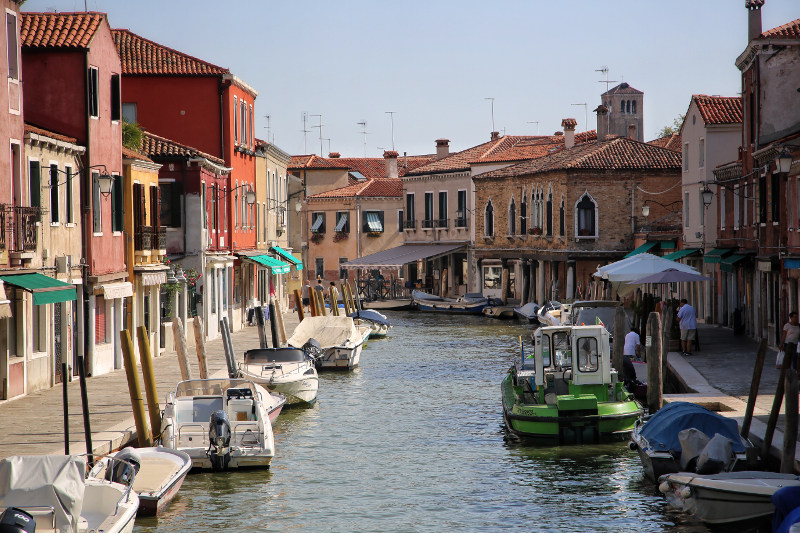 Plenty of room for a stroll in Murano, Venice. Image: Getty
Plenty of room for a stroll in Murano, Venice. Image: GettyLike Venice, Murano is an archipelago connected by bridges. As the 700-year-old birthplace of glassblowing, working factories responsible for the collectibles continue to dominate the namesake island’s romantic landscape. It lies about 1.5 kilometres north of Venice and measures about 1.5 kilometres across with a population of just over 5,000.
10. Burano
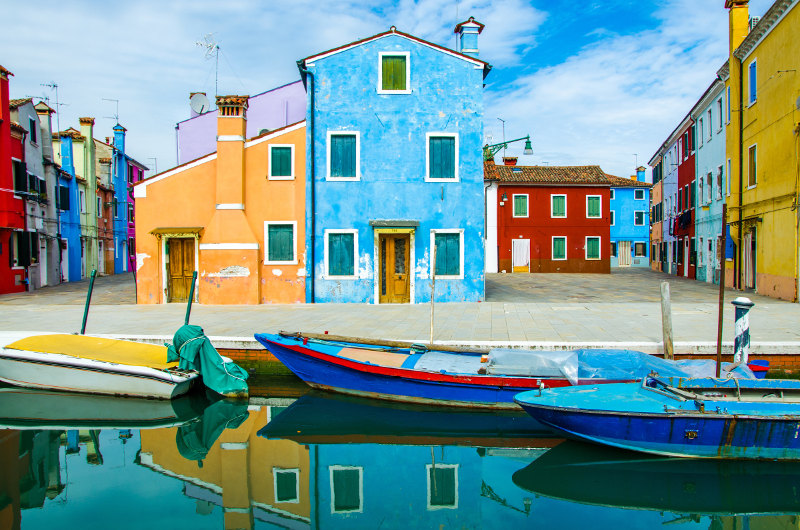 The colourful homes of Burano, originally painted this way to mark out where one family’s property ended and the neighbour’s began. Image: Getty
The colourful homes of Burano, originally painted this way to mark out where one family’s property ended and the neighbour’s began. Image: GettyBurano is also an island in the Venetian lagoon and like Venice itself, it could more correctly be called an archipelago of four islands linked by bridges. It’s the most colourful of the lagoon islands and can be distinguished from a distance by the tilting tower of its church.
For the hottest deals in travel visit your local Flight Centre store, call 131 600 or book now on the Flight Centre App.


